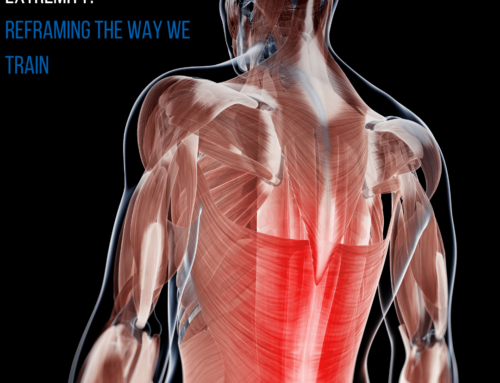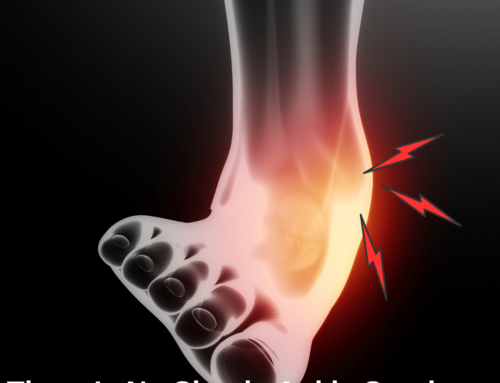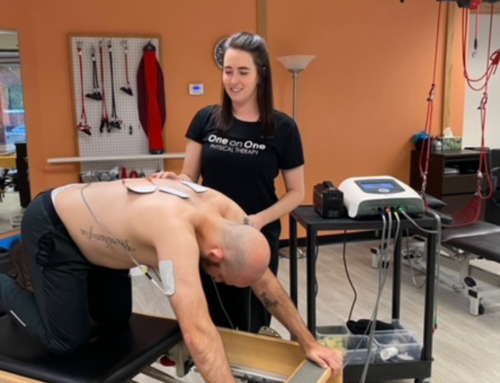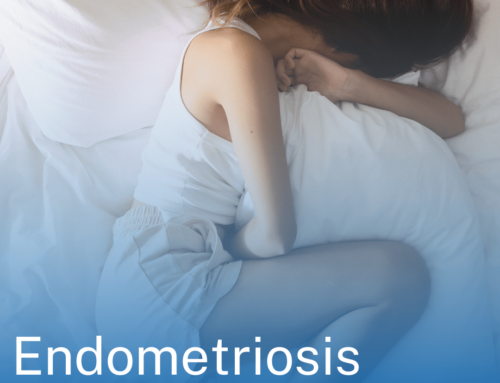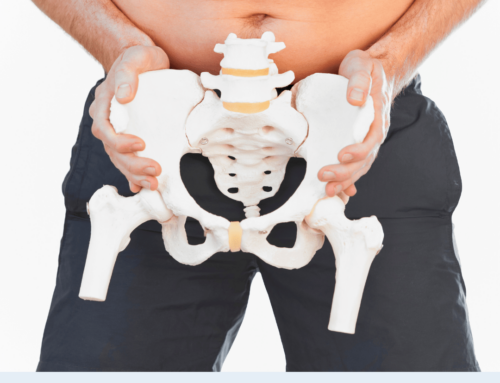The Balancing Act: Changing Pain

A recent National Institutes of Health study determined that nearly 50 million American adults have chronic pain and nearly half of those are reported to have severe pain. Our society and culture has provided many of us with many wonderful amenities of life, but at the same time, it has created a wide array of stressors and unhealthy activities. This can make it difficult to find balance in mind and body. Often, these imbalances can contribute to causing chronic pain, but the good news is that they can be remedied with the right approaches to regain that lost balance.
As we gain balance we gain health, friends, contentment, strength, understanding, love, security, comfort and peace. When we are out of balance we are more likely to suffer and become distanced from the aforementioned. When we are in pain, especially severe pain, we may become anxious, angry, frustrated, depressed, fearful and withdrawn in an attempt to avoid what is or what we perceive is damaging. We may seek out medical care and often we become dependent on it to escape pain which can lead us to have a sense of less control over bodies. Sometimes, medical care fails at properly identifying and treating that which is truly causing the pain and can lead us down a path chronic pain, dysfunction and disability at no real fault of our own.
BALANCE PROBLEMS
Often, our bodies may develop muscular imbalances or weaknesses which can cause compensatory posturing and aberrant motion patterns which may lead our nervous system to sense strain and cause a reflexive process that can cause pain. This pain can exist without bodily injury, but rather bodily dysfunction that can be reversed. When we feel pain we feel a certain amount of threat which can be a major factor in determining the intensity, duration and even the distribution of pain. The amount of threat to our body that we consciously perceive is one of many factors involved in pain processing in the central nervous system. If this threat and fear becomes excessive it can start throwing our sympathetic and parasymphathetic nervous systems out of balance. This can lead to a sensitized system that can cause us to have pain with lesser amounts of sensory input from the body and furthermore cause disruption of our endocrine system leading to hormonal changes that can affect our mood, make us gain weight, disrupt our sleep along with a myriad of other possible detrimental effects.

POSITIVE INFLUENCERS
Most of us agree that if we focus on engaging in the positive influences of life such as physical and mental activity, resting, properly nourishing, socializing, playing, and expressing our emotions we can remain fairly well balanced. Most would also agree that it can be difficult to do all of these things due to work, family and daily maintenance of our lives. More is not better, but moderation seems to be. We can’t always avoid stress, anxiety, depression, fatigue, injury, illness, or pain. The scales will usually tilt from side to side, but sometimes the scale gets stuck and this can set us up for struggle.
So, where do we find balance? Strive to engage in those aforementioned positive influencers. Be mindful in order to avoid overly fearing negative stressors including pain. Consider using meditation or relaxation breathing exercises to turn down the sympathetic nervous system a bit. When in pain, first get serious pathology ruled out and ask your healthcare professionals about the normative data with regard to diagnostic test results. Many diagnostic findings may not be related to what is truly causing the symptoms may not be dangerous to the body at all. Try to avoid overly focusing on your pain and recognize that pain can linger after tissue damage has healed and can occur for many resolvable reasons. If medically cleared to do so, progress gradually into activity and difficult movements. Allow yourself to work into a mild to moderate discomfort, but then avoid flaring your symptoms with frequent rest breaks and gradual increases in intensity and duration over time.
A physical therapist may be needed to guide you through developing muscular and skeletal balances and assist with progressions through functional activity. It’s not often intuitive to progress through these difficulties and it can often be made easier with supportive treatment, but ultimately it should help you to regain your life’s balance.
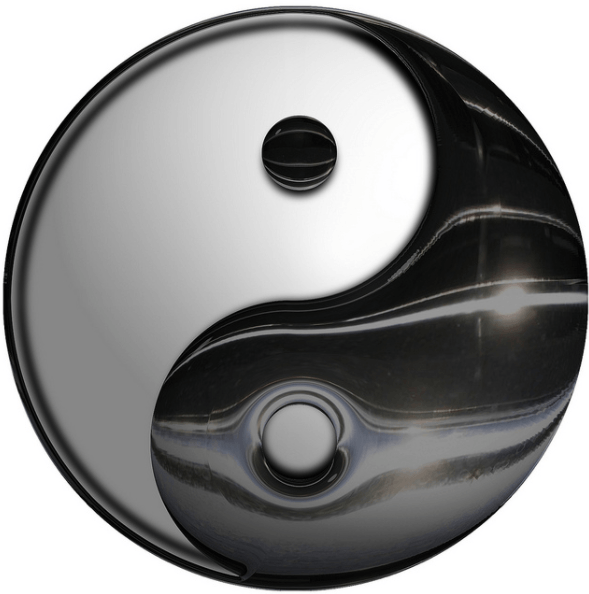
Lance Cross is a Board Certified Orthopaedic Physical Therapist who is treating with One on One Physical Therapy. His particular background in the pain sciences includes clinical treatment of chronic pain patients, lecturing and involvement in clinical trials on the subject. He is also a Certified Sports Metrics Trainer and has involvement in knee injury prevention program development. He enjoys cycling in all disciplines and is frequently found cyclocross racing or mountain-biking with his wife and friends in the mountains. Lance offers free consultations at One on One Physical Therapy. To contact Lance please email lance@onetherapy.com
